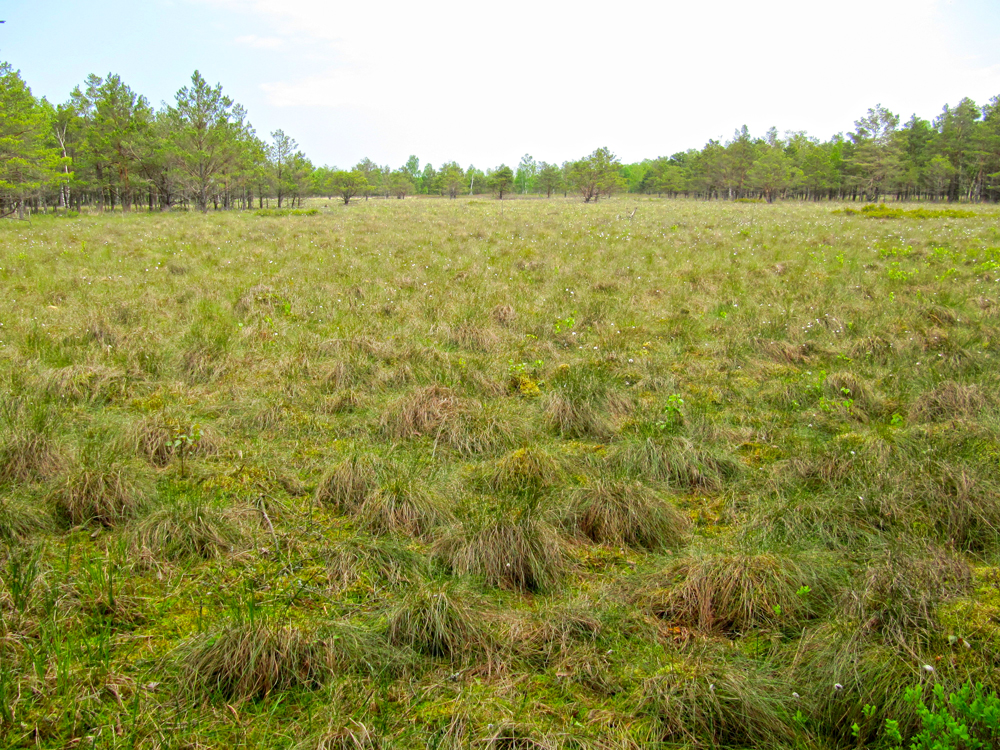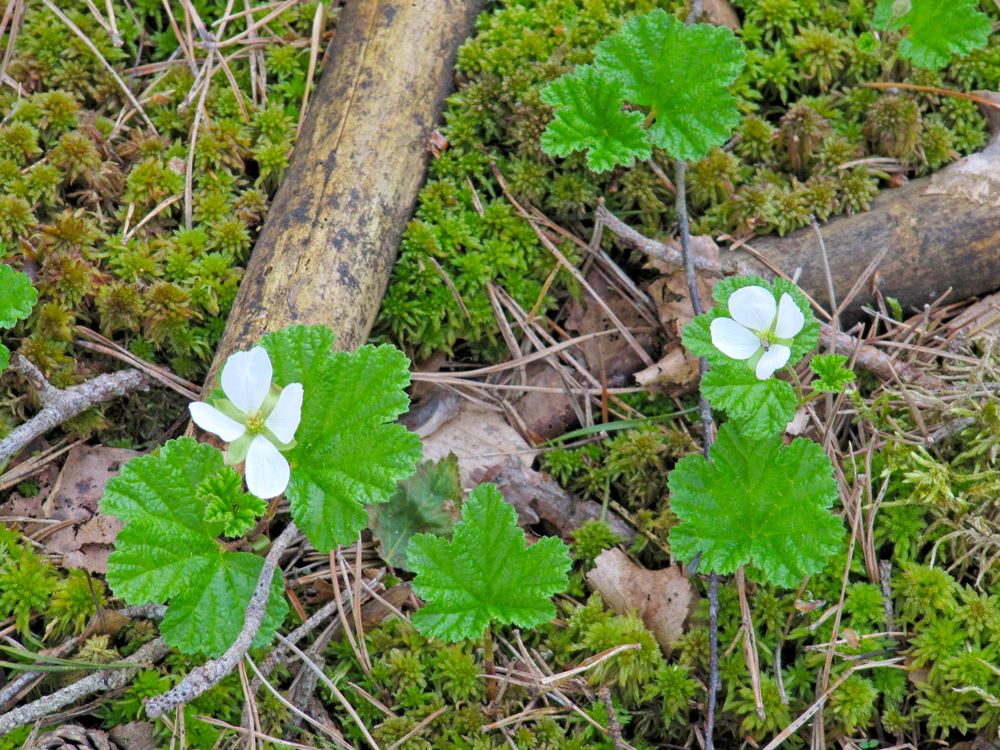Portrait
PEATLAND RESTORATION IN POLAND
Size: 1350 hectares
Conservation status: NATURA 2000 (LRT and SPA), UNESCO MAB Biosphere Reserve, Ramsar Site, International Bird Area (IBA)
Habitat types: Bog Forests (91D0*), Active raised bogs (7110*), Degraded raised bogs (which may still be capable of natural regeneration, 7120)
Climate: Temperate zone
Temperatures: Ø January: -2.8°C, Ø July: 19°C
Precipitation: Ø 652 mm/year
Polands Peatland
In Poland, four percent of the landscape is covered by mires, with most deposits in the northern and central parts of the country. 92 percent of all mires are fens, which occur mainly in the central lowland. Bogs and transitional mires can be found on four or rather three percent of the area (6).
Current Peatland Use
In Poland 84 percent of the mires are drained. On 202,000 hectares (16 percent) peat is still accumulating (2,6). Three fourths of polish mires are used as meadows and grassland, just under one fourth is coved by forests (1). On about 3,300 hectares, peat was and is still being mined. The agricultural usage is circumstantial (9).
Peatlands & Greenhouse Gas emissions
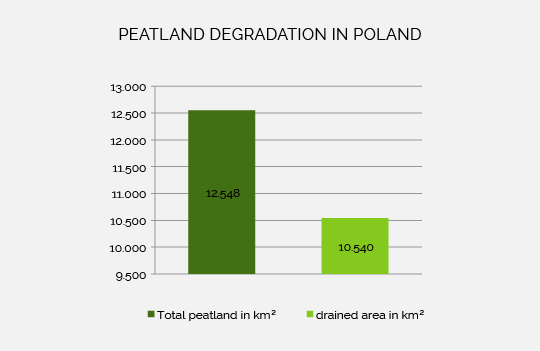
About 84 percent of the polish mires are degraded (2).
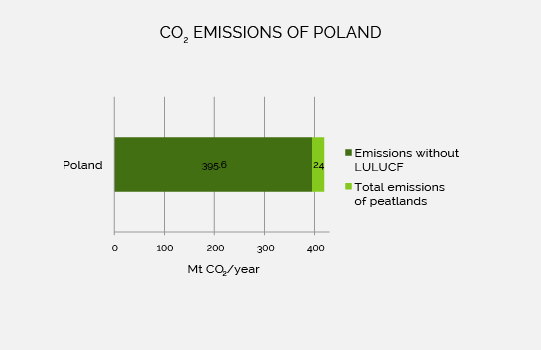
With annual emissions of about 23.5 megatons CO2, Poland is on the 11th rank behind Germany focusing the highest peatland emissions on a global scale (4). Per hectare drained peatland, 0.75 tons of CO2 are emitted (5).
Team
-

Pawel Pawlaczyk
National coordinator Pawel Pawlaczyk is naturalist (graduated as forester, also with research experience in botany) with 25 years experience in nature conservation of forests, water and wetlands. -

Magdalena Makowska
Magdalena Makles is specialist in the field of public procurement, financial settlements in EU funded projects and general project management. She is biologist by training and naturalist by avocation. -

Katarzyna Bociąg
Dr. Katarzyna Bociąg, plant ecologist and hydrobiologist with years of academic experience. For years working in nature conservation in Pomerania, dealing with issues relating to the protection of aquatic and wetland ecosystems. Since 2010 is realizing herself leading Laboratory of Natural Science “Pro Natura Pro Homini”. In the project is... -
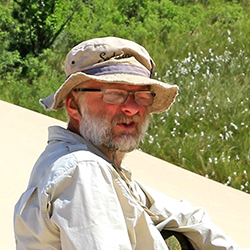
Krzysztof Gos
Dr. Krzysztof Gos, botanist and plant ecologist associated with the Faculty of Biology of the University of Gdansk. Specialist in briology, bog vegetation and protection of water and wetlands ecosystems. Member of the team developing documentations and recommendations for conservation measures in nature reserves, national parks and other protected areas... -

Izabela Chlost
Dr. Izabela Chlost, a doctor in the field of Earth Sciences with a specialization in Hydrology. Employed in the Department of Hydrology at the University of Gdansk. Research Interests: water management, water balance, environmental protection and water relations of alluvial plains in the contact zone between land and sea, crenology,... -

Roman Cieśliński
Dr Roman Cieśliński, Associate Professor at the University of Gdansk, Head of the Department of Hydrology. Focus on the hydrology of the young-glacial lake districts, hydrochemistry, the contact zone between land and sea, lakes and coastal wetlands, including peat bogs, as well as anthropogenic changes in the environment. Author of... -

Jolanta Kujawa-Pawlaczyk
Dr. Jolanta Kujawa-Pawlaczyk Doctorate obtained while doing work on the flora of vascular plants, in the Department of Plant Taxonomy of Adam Mickiewicz University in Poznan. Interest and undertake of research on wetlands (hydrogenic sites) starts with the beginnings of her career in 1990. She is the author and co-author...
Partner & Co-Financers
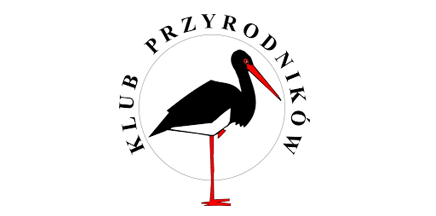
The Klub Przyrodników (Naturalists Club Poland) is a non-governmental organization with focus on nature conservation. One of the most important part of the work comprises of the establishment of complex conservation programs. Moreover the Klub built about 1000 dams to rewet about 10,000 hectares of mires. The organization is experienced in the execution of LIFE programs. They coordinated two LIFE projects, two more are in progress.
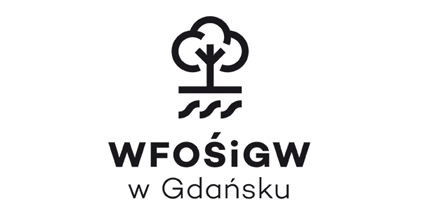
The Regional Fund for Environment Protection and Water Management is one of two Polish co-Financers.

The Baltic Sea Foundation provides also financing of LIFE Peat Restore.
Gallery
References
- Bragg, O. & Lindsay, R. (Eds.) (2003): Strategy and Action Plan for Mire
- Cris, R. Buckmaster, S. Bain, C. Reed, M. (Eds) (2014): Global Peatland Restoration demonstrating SUCCESS. IUCN UK National Committee Peatland Programme, Edinburgh. [Status: 17/01/2017]
- Fourth National Communication under the UN FCCC: in Worldbank (o.J.): Polands Greenhouse gas emissions. [Status: 19/01/2017].
- Joosten, H. (2010): The Global Peatland CO2 Picture. Peatland status and drainage related emissions in all countries of the world. Wetlands International, Greifswald.
- Joosten, H. (2011): The Global Peatland CO2 Picture. In: Tanneberger, F. & Wichtmann, W. (2011): Carbon credits from peatland rewetting. Climate – biodiversity – land use. Science, policy, implementation and recommendations of a pilot project in Belarus. Stuttgart. S. 20-30.
- Joosten, H., Tapio-Biström, M.-L., Tol, S. (Eds.) (2012): Peatlands – guidance for climate change mitigation through conservation, rehabilitation and sustainable use. Mitigation of climate change in agriculture series 5, publishes by the Food and Agriculture Organization of the United Nations and Wetland International, Rome.
- Niewiarowski, W. & Kot, Ł. (2011): Delimitation and characteristics of natural landscapes of the Chełmno-Dobrzyń Lakeland, Urszulewo Plain and the neighbouring Vistula and Drwęca Valleys. Geographia Polonica 84(1): 33–59.
- Peatland Conservation in Central Europe. Wetlands International, Wageningen, The Netherlands. vi + 94 pp.
- Wichtmann, W., Schröder, C., Joosten, H. (Hrsg.) (2016): Paludikultur – Bewirtschaftung nasser Moore. Klimaschutz, Biodiversität, regionale Wertschöpfung.
- World Energy Council (2013): World Energy Resources: Peat. [Status: 24/01/2017]



